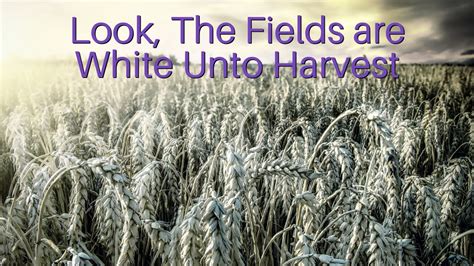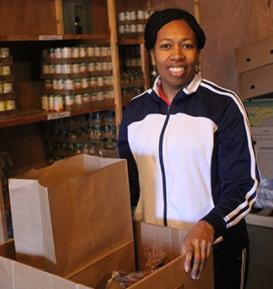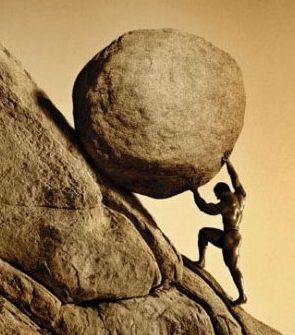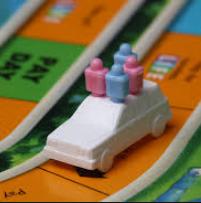Information for New Missionaries is just some insights or views from a veteran missionary for July 2024!
Missionary Helps
Website with helps for Missionaries
This website has helps for missionaries. Note that some of these suggestions and helps are ebooks that cost something to download. Some posts are…
Missionary Calling: Processing a call into Ministry
10 Steps to Processing a Call into the Ministry
1. Spend adequate time evaluating what you are sensing.
2. Be patient. Clarity takes time.
3. Seek the counsel of a pastor or professional minister that you respect. Seek honest impressions about the ministry, and your dealing with it.
4. Get involved in ministry right now where you are.
5. Seek affirmation of your calling from others around you.
6. Involve your family in the discussion and the decision.
7. Consult books that can assist you. Books on the philosophy of the ministry. Biographies of respected ministers.
8. Face the tough questions. What are your deepest motives? Why are you really in this?
9. Meet regularly with a mentor. Choose a good trustworthy mentor that believes in you, that knows what you are going to do, and believes in you.
10. Embrace it with everything you’ve got!
Missionary Resources
This website is a long list of missionary related websites, ministry websites, and ministry resource websites. Good to look over.
Missionary Persistence
This article is for missionaries who are under duress and stress in their ministries and are seeking advice and consolation in how to endure.
The idea of going out and conquering the world is a common thought among many people, but the reality of it is very uncommon. People who want to be missionaries are idealists, which want to extend the kingdom of God. I have met many missionaries in my 40 some years of being involved in missions, and I have even met a number of “missionaries” from other groups and mind-sets, including mormon missionaries, Jehovah’s Witness missionaries, and other “off the wall” brands.
Simon Sinek: How great leaders inspire action
Simon Sinek: How great leaders inspire action is a TEDS speech about inspiring others to action.
Aristole’s three points of persuasion
This post is a commentary on TEDS youtube.com video called “What Aristotle and Joshua Bell can teach us about persuasion“.
Why listen to a missionary presentation?
As a missionary, what are we doing in making a missionary presentation? Perhaps to answer the question, we need to look at this from the opposite angle, why should people listen to missionary presentations? I came across an interesting post here Why hear a Missionary Presentation? which got me thinking.
I think one of the most biblical reasons I have come across is from
Acts 14:27 And when they were come, and had gathered the church together, they rehearsed all that God had done with them, and how he had opened the door of faith unto the Gentiles.
The presenting of what a missionary does on the mission field is very important. But beyond just important to the missionary because he needs more prayer and money, or important to the church because they don’t know where their money is going and want information, it is important because God says it is important. Without a clear deep rooted belief that this is necessary AND BIBLICALLY COMMANDED, a missionary will not fulfill God’s purposes and objectives in giving their missionary report.
1. Engage in world missions.
Jesus told His disciples to “Lift up your eyes, and look on the fields” (John 4:35b), and hearing a missionary presentation is one good way to obey that command. (Barbara’s observation)
I think that this is very true. This passage reveals the biblical command for us to “disengage” with our local ministry for a spell, and engage with world missions. This is what the Great Commission is all about, “Go out and teach ALL NATIONS” Mat. 28:19. We cannot get away from this command, and somehow, through the proxy system know as missions, we are to fulfill this part of God’s command as equally as we do locally in our home church where we live.
Prayer
This “engaging” is much more than sending a check or praying a prayer. It is getting involved with the work of missions outside of the United States (or wherever your home country is). This means first of all praying for the work there. Without information on what is being done, how it is going (frustrations, set-backs, and victories) as well as plans, you cannot pray intelligently. The most important part of praying is being accurately and timely informed of prayer needs and answers.
A Review of the Sales Navigator App for iOS
A Review of the Sales Navigator App for iOS is a reference to an article on mapping contact information and grouping and dealing with them.
Link: A Review of the Sales Navigator App for iOS by Adam Young
(Note that I, personally, am an Android user, so I don’t have an Apple phone. Actually, any sales app can be used by a missionary, but I personally prefer and use TNT Connect which is especially designed for use by missionaries, including keeping their support and donations information, as well as reminders for thank you notes.)
How Pastors can help their missionaries on Deputation
How Pastors can help their missionaries on Deputation is help from a veteran missionary of over 30+ years on his opinions and suggestions. Some missionaries have done a jam up job on raising support, and most of what I say is not applicable to them, because they have enough money coming in each month as well as funds accumulated in their bank accounts to live several years without any noticeable financial problems. While some are “well off”, a vast majority of missionaries are on the edge of financial chaos and ruin. It is a miracle how they hold their lives together.
Note: The references to “missionary” or “missionaries” in this article are specifically referring to missionaries home on furlough, doing deputation work, or just resting.



